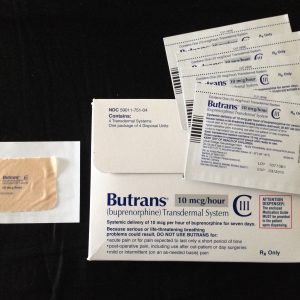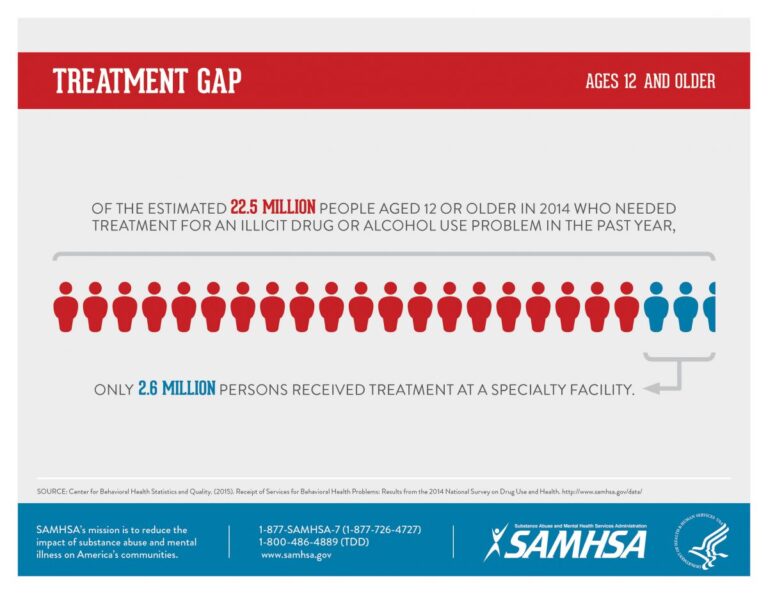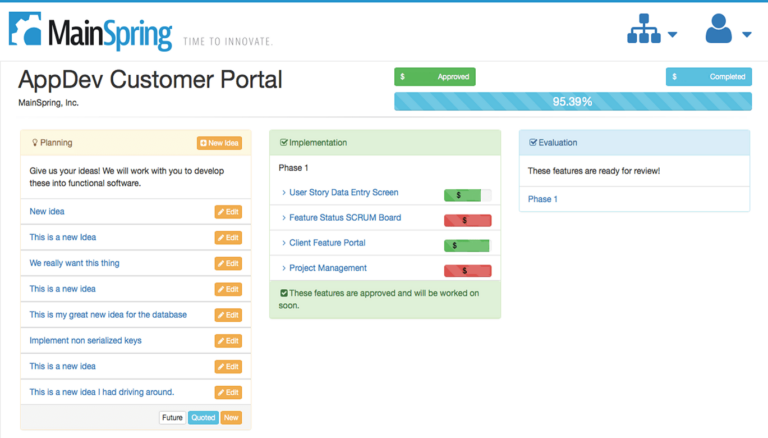Case Study: SAMHSA
Automated Solution Expedites Rehab Treatments for Thousands

With a mission to distribute rehabilitation treatment to those in need, the Substance Abuse and Mental Health Services Administration (SAMHSA) needed to be able to effectively process online waivers submitted by doctors who were requesting permission to distribute Buprenorphine for addicts. However, a growing population of illicit drug users, along with an executive order from the President, swiftly revealed to their contractor, the Development Services Group (DSG), that there were flaws in the manual procedures, which forced the agency and its contractor to reevaluate their current method for processing the online treatment waivers.
Upon evaluation, SAMHSA and DSG found that the lack of automation in their current system was not only impeding the distribution of Buprenorphine to addicts…it wasn’t complying with the authorized expansion of medication assisted treatment (MAT). Instead, their bottlenecked solutions made the verification and reporting of each waiver extremely time-consuming and costly. What’s more, they realized that the form, itself, was not user friendly, and the percentage of erroneous submissions was slowing the entire approval process down to a crawl. In effect, SAMHSA and DSG made the decision to partner with MainSpring to help expedite the distribution of treatment to addicts across America.

DSG needed an immediate solution to improve their process and secure compliance with the executive order, so they requested an airtight, one-week turnaround for the development of a proof of concept (POC) for an automated workflow on the backend of SAMHSA’s online MAT waiver form. MainSpring hit the ground running – working with DSG over a series of several Agile sprint meetings to gather information to create user stories for the POC. By the end of the week, SAMHSA and DSG approved MainSpring’s POC, and they specified a six-week timeline for development.
MainSpring began the development process right away, using DSG’s user stories. However, since the user stories weren’t fully developed, DSG left plenty of leeway for MainSpring to exercise “developer’s choice”; essentially, MainSpring had authority to make independent development decisions in order to meet DSG’s acceptance criteria. Through rapid development, an adapted User Centered Design (UCD) approach and continuous feedback from DSG, MainSpring developed, presented and launched a solution that allowed DSG to curb their most arduous end-user pain points.
After meeting immediate needs, DSG and MainSpring reconvened to develop a more in-depth, long-term solution that would also improve the user experience (UX) on the front end of the MAT waiver form on SAMHSA’s website. MainSpring worked with DSG using a standard UCD approach to create detailed user stories with clearly defined acceptance criteria for the waiver submission process. They, then, employed the user stories to initiate conversations with DSG to help tease out the best solutions for their acceptance criteria. Ultimately, DSG and MainSpring transformed the waiver submission form into a guided, interactive process that improved the overall UX and made SAMHSA’s website even more reliable.

After partnering with MainSpring, SAMHSA saw an immediate increase in the number of waivers they were able to process. For instance, prior to the development of MainSpring’s solution, SAMHSA processed about 350 waivers every 20 days. With the new solution in place, they saw a staggering 750 percent increase in their productivity – processing around 3,000 waivers in just 20-days’ time. In that month alone, SAMHSA saved upwards of 3,600 hours of manual processing time.
What’s more, not only did MainSpring develop a solution that improved the user experience (UX) for processing the form, but they also improved the UX for doctors submitting the waiver itself. For instance, using a guided process equipped with questions to help prompt certain information, MainSpring was able to reduce the potential for errors during submission and provide confirmation to the user that the waiver was verified, creating a level of transparency that was never there before. In effect, SAMHSA was able to offer a more reliable process that’s critical to their mission.
More importantly, the improved UX has made it easier for addicts seeking rehabilitation treatment. For example, because of automation and a more intuitive submission process, SAMHSA was able to distribute Buprenorphine to addicts months earlier than before. Consequently, SAMHSA is now that much closer to achieving their goal of helping people recover from substance use disorders.


Established by Congress in 1992, the Substance Abuse and Mental Health Services Administration (SAMHSA) is an agency within the U.S. Department of Health and Human Services that’s responsible for leading public health efforts in order to advance the behavioral health of the country. More specifically, the organization devotes its resources to helping the estimated 20-million people in need of substance abuse treatment, as well as the 12-million people in need of mental health care.
Solution: Innovative Web Development and an Agile Process
- Innovative public-facing web interface
- User-friendly workflow automation tools
- Agile process
- User Centered Design (UCD)
- FileMaker
Let's Get Started
We’ll discuss your business, needs, and expectations to
get you on a path to better IT.
